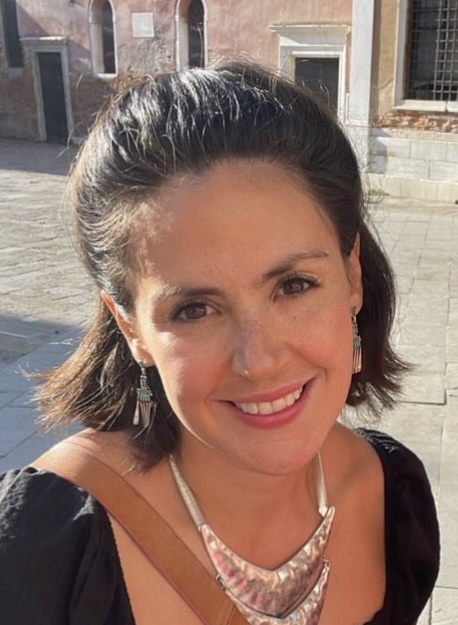By Hannah Millington, Elena Bowley, Grace Leaitherland & Abby Forkner
During our time at the championships, we were involved in the morning medical team scenario training. Here we learnt the standard procedures in place for how to use a spinal scoop and collar, as well as the use of splints such as the box and Kendrick splint. We were often chosen as ‘model athletes’, meaning that we got the chance to experience ourselves what the splinting and spinal extrication felt like, and how the athlete would be feeling throughout the process. We also had the chance to work as a part of the team during the scenarios, whether that was being in charge of running the equipment to the site of injury, or being involved in the spinal extrication process itself.

Practising scenarios like these meant that when there was an injury, the team were well prepared to make sure that the athlete would be taken off of the field of play as safely and effectively as possible, minimising the risk of further injury. Each morning, the doctors and physiotherapists on shift would gather together and work through several different scenarios and complications, testing their problem-solving skills within the team. In an environment like this, it is unlikely that the athlete will be positioned conveniently, as you would see in basic training scenarios. Therefore, the medical leads would come up with scenarios where the athlete may be in an awkward position, or there may be multiple traumas at once so that the team could practise prioritising and clinical reasoning.
Due to the nature of trampolining, several situations could unfold on the trampoline bed itself. For example, when imitating being half on and off the bed we had to work as a team to navigate getting the athlete off the bed. After each scenario, the team would come together and reflect on what happened step by step, taking into consideration where the team worked well, and highlighting points for improvement. When using a scoop on the trampoline it is important that the gymnast stays as immobile as possible and for that it is important that the team works together and moves in a controlled manner, hence why it is so important to practise so that the physiotherapists and doctors know how to approach the situation and avoid any further damage. This was a valuable experience to be a part of as often the team would pick up on mistakes they were making or ways in which they could have executed things better, even after years of experience, which helped us to identify ways in which to prevent the same mistakes being made in our future experiences of pitch-side physiotherapy.


C.S.White@bham.ac.uk
